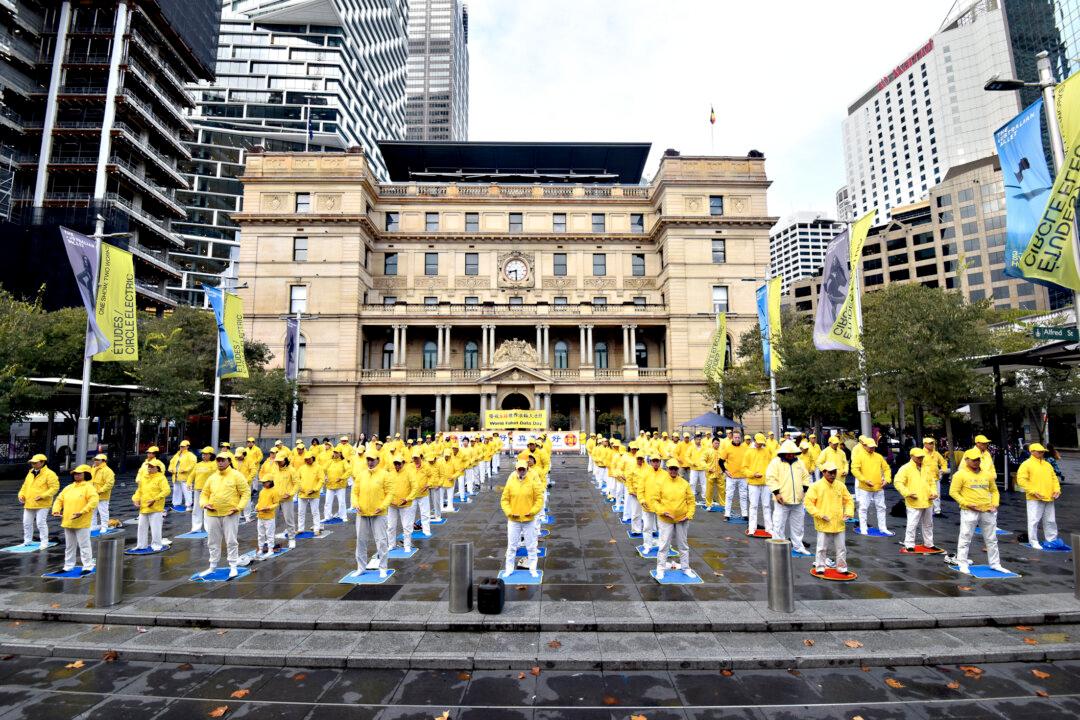Treasurer Josh Frydenberg has indicated the Australian government may bring forward planned income tax cuts to boost the economy in anticipation of the financial impact of Victoria implementing a second CCP virus lockdown. However, he did not indicate when this might occur.
Frydenberg estimated that Victoria’s new 6-week lockdown could cost up to $1 billion a week, acknowledging that this will impede the speed and the trajectory of the economic recovery across the nation.





